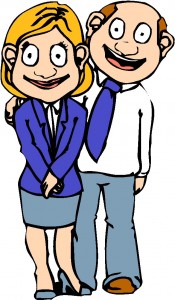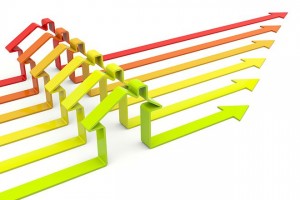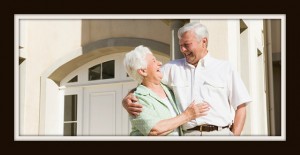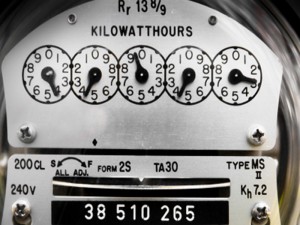 The Bank of Mom and Dad is increasingly open for business – and is increasingly necessary – for younger homebuyers looking to secure a down payment, particularly for middle-income households, presumed first-time homebuyers, Hispanics and Asians.
The Bank of Mom and Dad is increasingly open for business – and is increasingly necessary – for younger homebuyers looking to secure a down payment, particularly for middle-income households, presumed first-time homebuyers, Hispanics and Asians.
Not only do parents need to consider the cost of a mission and college these days but there is the potential cost of helping their children get into a home. The use of loans and gifts from family and friends to help purchase a home increased sharply during the recession – from 8 percent of homes bought in 2007 to 21 percent of homes bought in 2009. The share has since declined, to 13 percent in 2014. Hispanics and Asians are more likely to receive down payment assistance from family and friends than blacks and whites. Presumed first-time homebuyers who bought in the years after the recession were roughly twice as likely to have received down payment assistance from friends and family as those who bought prior to the recession. Read more




